The cicadas of Brood X have fulfilled their mission. They’ve done their part to further the species. The seventeen-year cycle has begun again, and the proof is all around us. It’s in the hanging patches of brown leaves appearing at the ends of tree branches, every day, in greater numbers. The oaks seem to be especially popular as Brood X egg incubators.
The reproductive success of Brood X is evident in the clumps of silver maple leaves that dot our front yard.
A close look at the fallen branches reveals a series of incisions in the young bark. These were made by the female cicada as she deposited her eggs, using a swordlike abdominal appendage called an ovipositor. While it’s often noted that cicadas do not harm humans or animals, this evidently depends on the mama-to-be not mistaking a living creature for a tree. If I’m still around in the summer of 2038, I hope I remember not to sit or stand perfectly still outside for an extended period. One female may lay as many as five hundred eggs, in batches of five to twenty, among several trees. When the eggs hatch about six weeks later, tiny nymphs emerge, fall to the ground and begin tunneling into the soil, launching the next seventeen-year subterranean phase.
Brood X has gone silent and still, but their physical presence will be with us for some time. Cicada bodies, often perfectly intact, are strewn along the ground and nestled into foliage. The cicada above, though deceased, appears to be napping comfortably on its back in a pleasant rhododendron hammock. The insects’ wings and body parts, frequently snapped off cleanly like 3-D puzzle pieces, are all around. The discarded exoskeletons will remain for quite a while, as well.
I’m glad that Kiko got to experience the cicadas of Brood X. They gave our old boy the rare opportunity, in his own little mind, at least, for successful hunting. Many of his fellow canine colleagues immediately recognized the big insects as tasty treats and gobbled them up as soon as they began appearing. My dog, dainty and fastidious in eating as in every activity, took his time to warm up to the idea of snacking on Brood Xers. The mob was on the wane before he developed a taste for their flavor. We would watch as he slowly approached a cicada, stared intently at it for a while, before moving in quickly and decisively to devour it. As far as we could tell, he never ate a live cicada, but he clearly thought he was participating in the thrill of the chase. My daughter noticed that he seemed to relish rooting around for them in the grass like a truffle pig. A cicada wing dangles from his mouth in the photos above and below.
The cicadas of Brood X have accomplished their goal. While tangible evidence of their brief existence will fade, their legacy endures. Soon, their progeny will be underfoot everywhere in our northern Virginia neighborhood, invisible in the above-ground world, but nevertheless thriving as intended. We can read countless philosophical insights into the brief appearance and long apparent absence of these periodical cicadas. I can imagine the question appearing on SAT and ACT essay prompts. One lesson from Brood X that strikes home with me is this: what we see in everyday life is only a small slice of that which is real. And, even more importantly, a shift in perspective may render the unseen visible. As I age, I’m becoming increasingly aware that some things are not what they seem, or at least not the way I’ve previously understood them to be. I’m learning that, to see more clearly and understand more comprehensively, a new and occasionally uncomfortable viewpoint is sometimes necessary.
Brood X also reminds me that the imprint we humans leave on our world and on those around us, for good or bad, may not be immediately apparent. The fruit of the cicada’s short life is long delayed. But with the fullness of time, its effect is significant. And while human actions and words may not produce instantaneous and seismic changes, they will indeed have consequences. May we work for good even when we cannot expect to see the products of our labor. May we strive to build bridges with the blocks at hand. And may better building blocks and methods be developed in the future, by our children and our children’s children, if we consciously choose to guide them in that direction. Our days of toiling, buzzing and flying, like the cicada’s, are relatively brief. May we use them well.

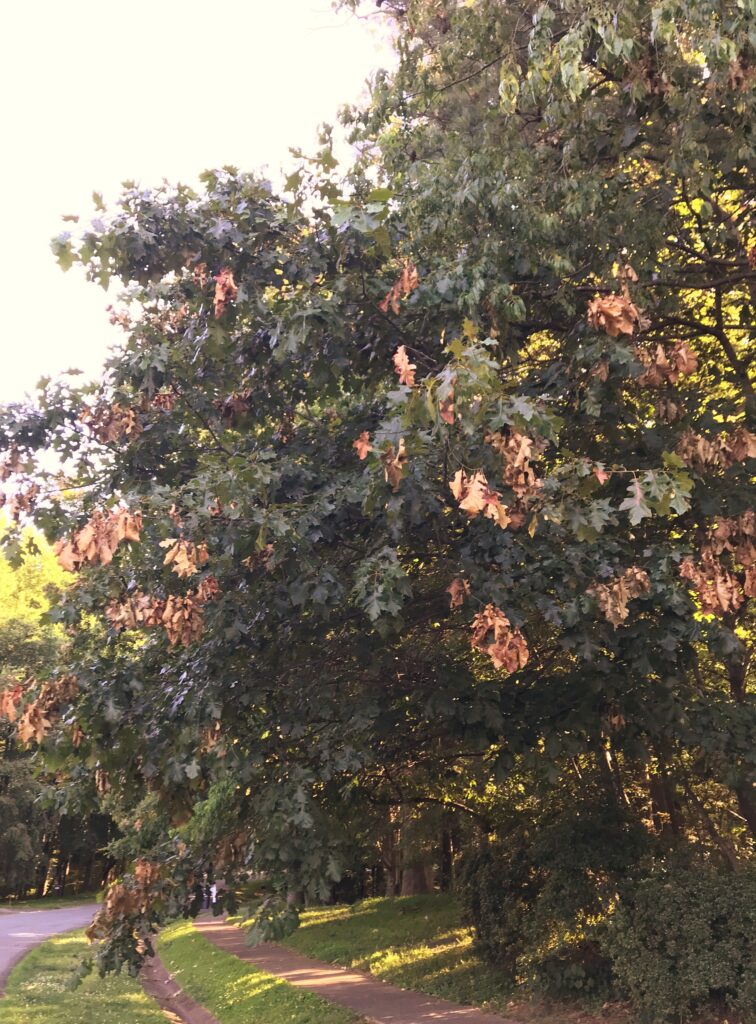
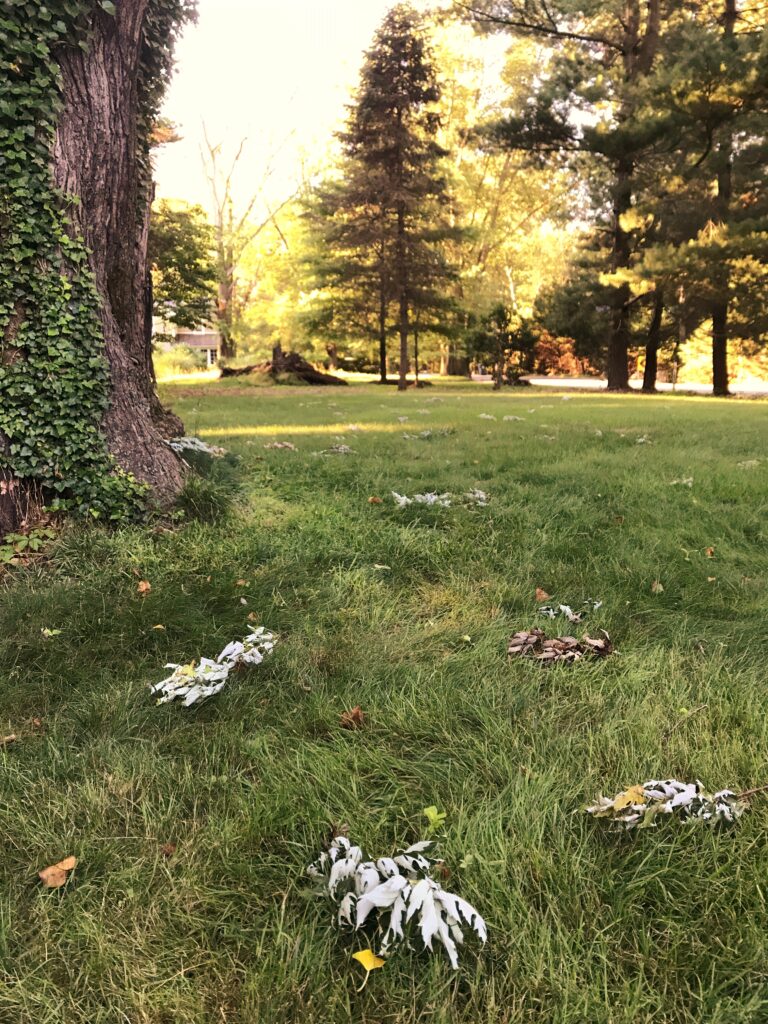
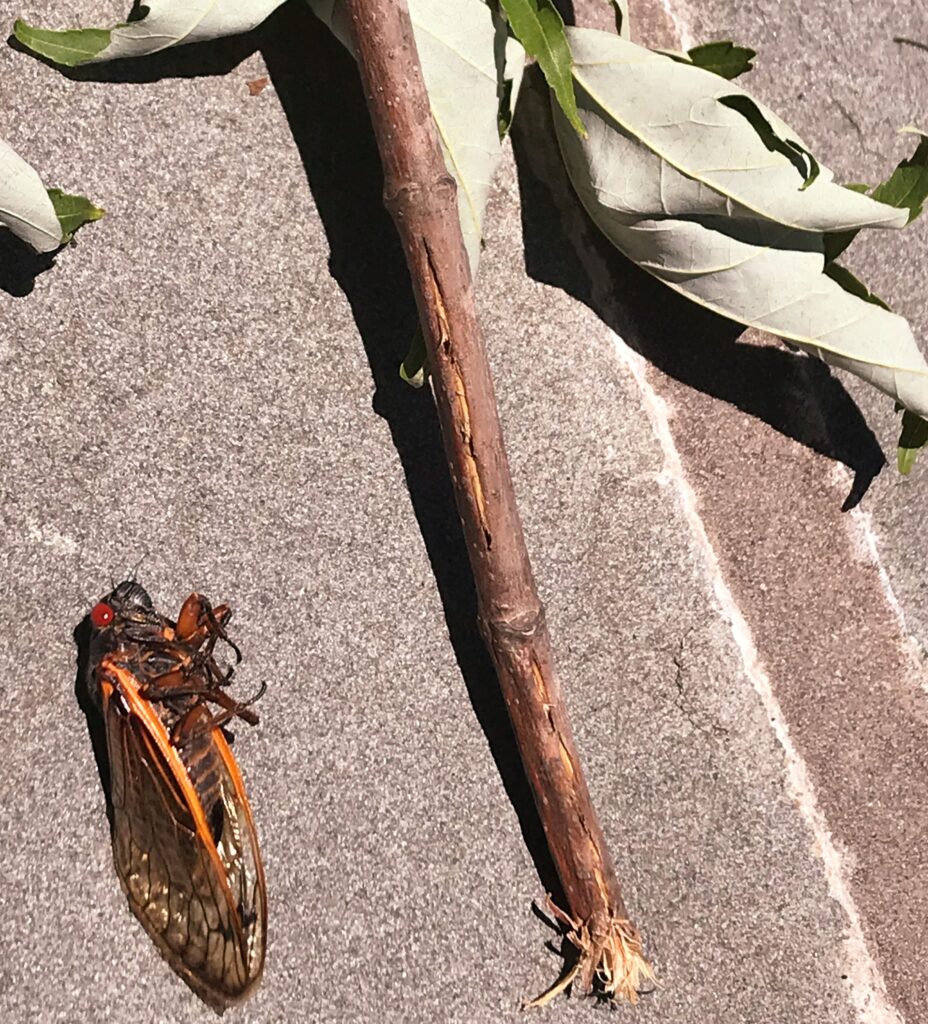
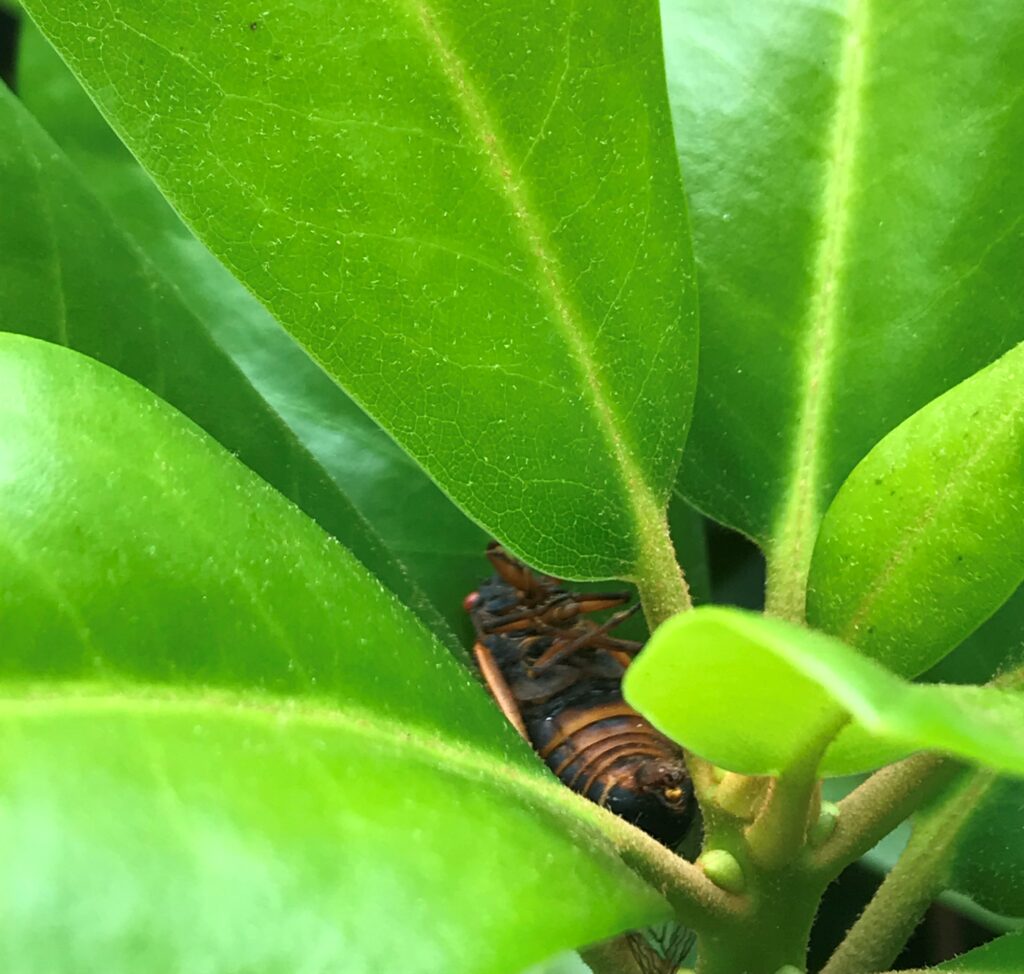
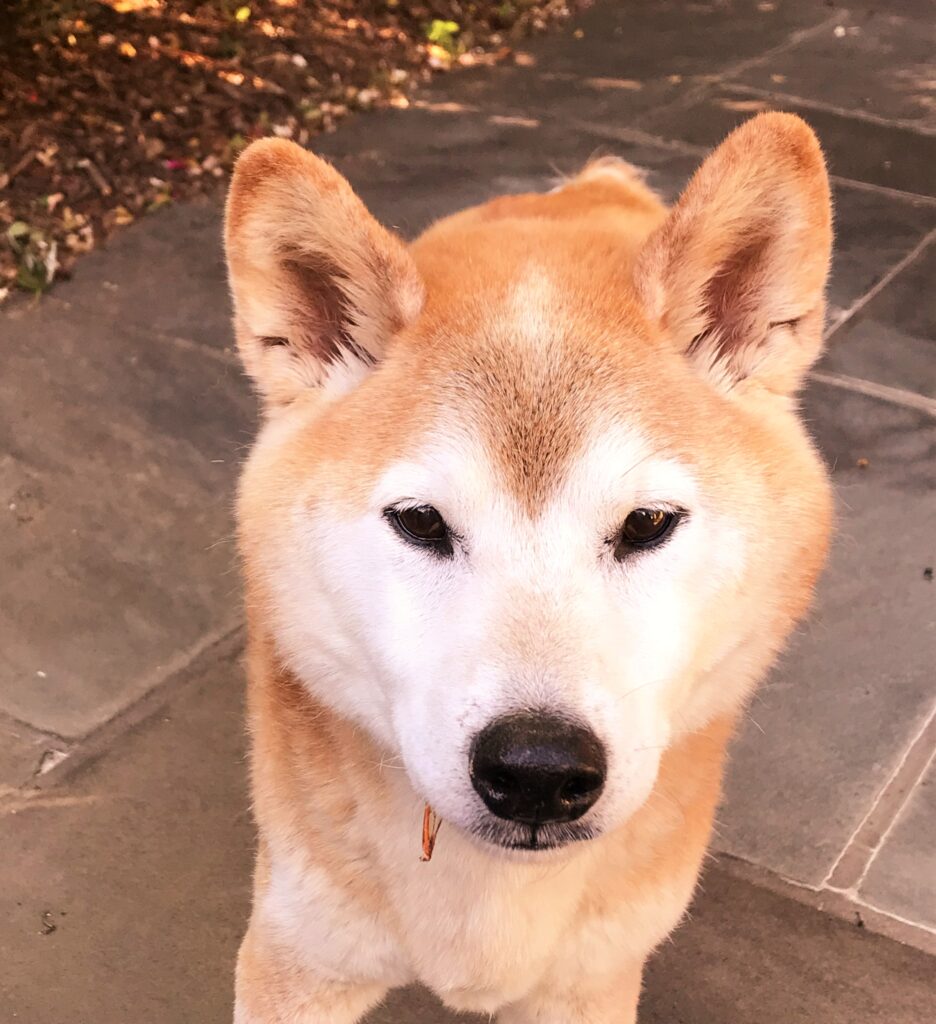
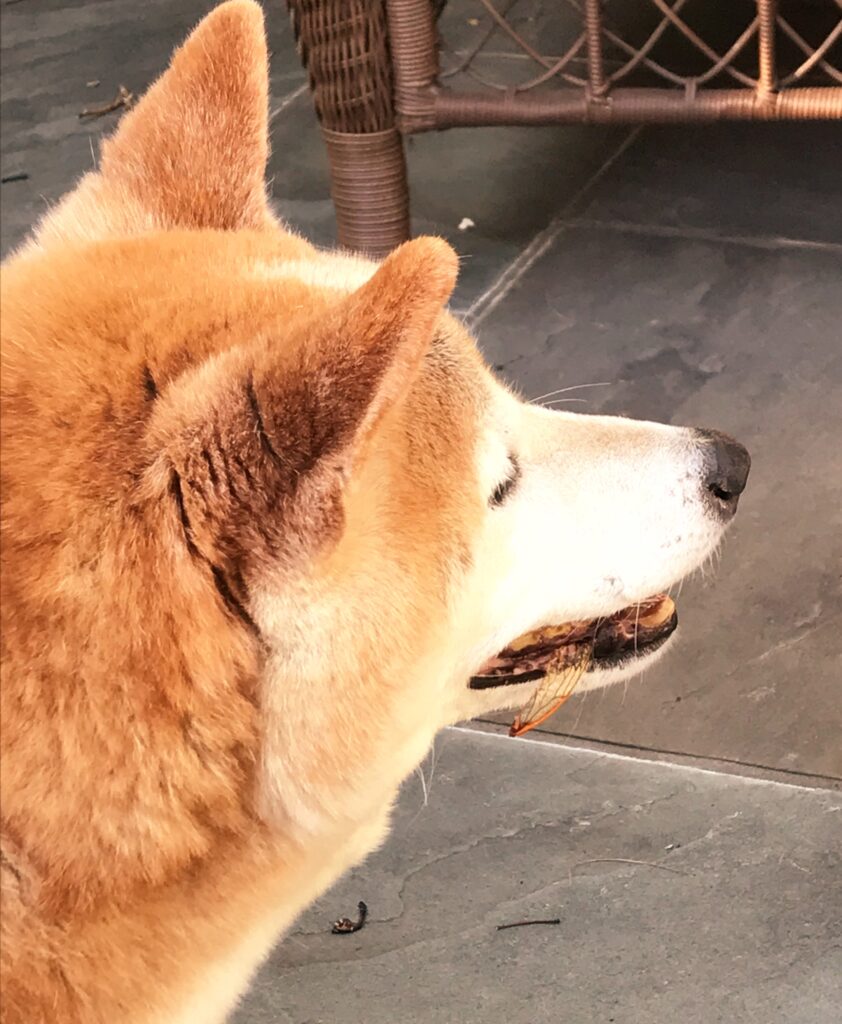
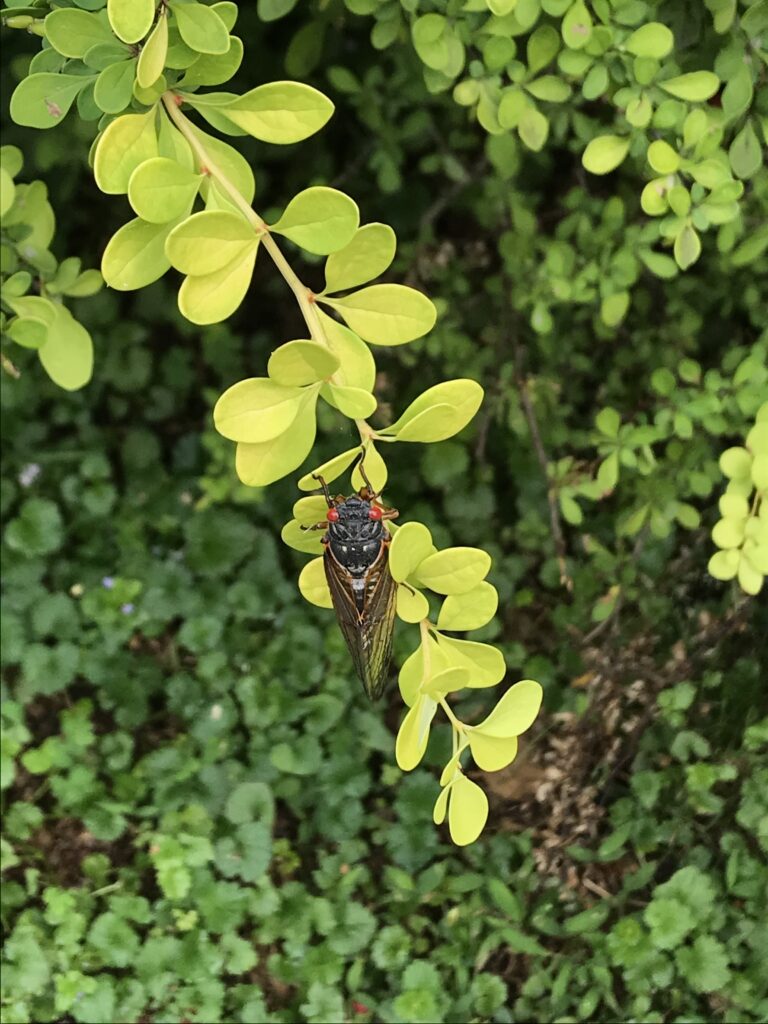
Wonderful, profound read. Loved it.